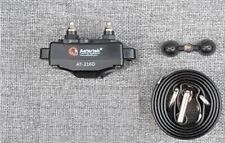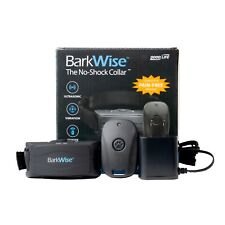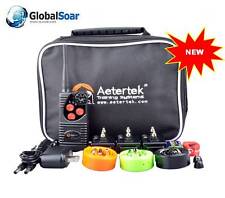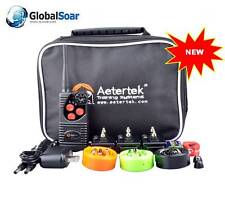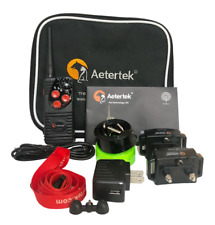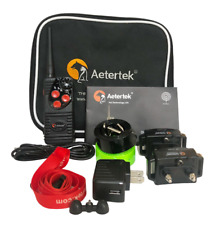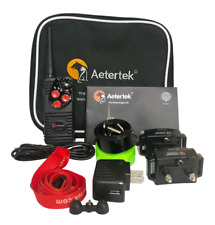Using and Storing Hay for Your Horse

How Much Hay Do I Need?
1) Figure our how much hay, in pounds, each horse consumes in one day. a 1000 lb. horse normally eats 20 lbs of good quality hay each day. Add extra pounds for colder weather, hard keepers, bigger horses, lower quality hay.
# of lbs each horse eats x # of horses = daily pounds needed
2) Multiply total pounds by number of days you need to feed. (Like from Nov. until May when the grass begins to grow) If you need over 2000 pounds of hay, convert to tons (total pounds/2000=# of tons).
Figure what you need like this:
# of lbs per day x # of days to feed = total lbs / 2000 = # of tons you need
3) Subtract the amount of hay you have on hand. To figure it out weigh yourself holding a bale and then not holding a bale. Subtract the lower number from the higher. That is how much your bale weighs. Do that with a few bales then average the weight. That is the figure you use to find how many pounds or tons of hay you have on hand.
# of bales x bale weight in lbs = total lbs / 2000 = total tons on hand
# of tons you need – # of tons on hand = amount you need to buy
Storing Your Hay
It is vital that you store your hay properly! Improper storage leads to mold, which can cause colic and even death in horses and ponies. Also, if it is hay cutting season, don’t feed fresh cut alfalfa, it must cure for at least 90 days. Another alfalfa warning: crimped alfalfa that contains Blister Beetles can be deadly to equines. Have you alfalfa checked for blister beetles before you buy! The crushed beetles crystallize forming a chemical that causes horses terrible pain and even death.
Other hays to avoid: Johnson Grass – can have extremely high levels of nitrogen that can kill horses. Sudan and Improved Sudan – suitable for cows, not horses. Any hay grown specifically for cattle may have higher quantities of some nutrients that are not good for horses.
Your hay must be OFF THE GROUND, even if you have a floor in your hay storage area. Use pallets, old tires, plastic tarps or some other moisture barrier to keep you hay off the ground. Ideal would be a plastic tarp on the ground with pallets on top, then hay. You can find pallets for free in the newspaper and in industrial areas. Be sure the pallets don’t have toxic chemicals on them.
For fresh cut hay, stack it with the cut sides up. This allows moisture to evaporate more easily. Leave a few inches in between bales for air circulation and stack your bales in alternating layers with bottom bales going one direction and successive layers alternating.
Stack the top layers in a roof or pyramid shape so when you cover your hay with plastic the rain will run off. Cover with plastic tarps and secure them against the wind. It is a good idea to cover the sides if you store it outside.
Rodents are also a concern. When using poisons keep them away from the hay itself – you don’t want your horses to ingest contaminated hay. Traps are good, as long as pets can’t get caught in them. Dogs and cats are good choices for keeping rodents and other unwanted visitors out.
Following the guidelines above should help you find and keep your hay fresh and nutritious for your equine friends.

